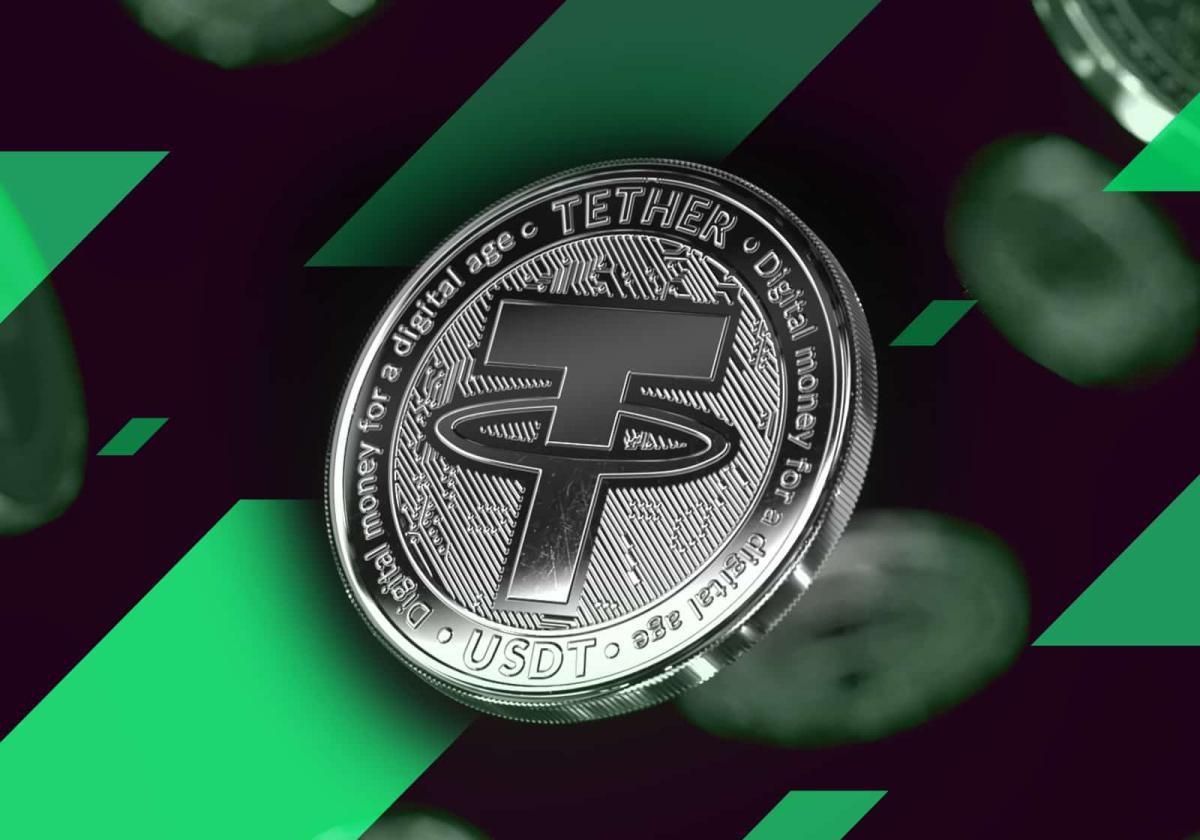With thousands of new crypto projects being launched in the past few years, separating the good from the bad can be a daunting task. There are quite a lot of real eye-rollers out there. Many projects are just pump-n-dumps, rug-pulls, or mere derivatives of other successful projects trying to capitalize on a fad.
However, there are also some innovative projects that just make sense. One of them is a DeFi utility token known as GNOX which has stunned early investors with more than 50% gains right out of the gate.
Also known as a “reflective token,” GNOX is designed to reward early adopters and long-term holders and produce consistent returns. Their business model is being hailed as “yield farming as a service.” Similar to hiring a financial manager, the idea is to streamline and simplify DeFi investing while reducing the risk of loss and incentivizing consistent appreciation.
Gnox rewards early adopters – and it’s in pre-sale!
The first striking thing we notice about the Gnox platform is that the contract will automatically redistribute 1% of all transactions of the GNOX token back to current holders.
Two things here. First, this isn’t 1% of transaction fees. This is 1% of the entire amount of GNOX tokens bought/sold. So if someone buys $1,000,000 worth of GNOX, $10,000 of that gets proportionally distributed to everyone who currently holds the token. Second, this doesn’t happen once a year, once a month, or even once a day. It happens every 60 minutes, automatically.
What this means is that the longer one holds onto their GNOX tokens, the more they hold, and the higher the GNOX price goes, the more value it returns to the holder.
The great news is that you can be an early adopter. In fact, the platform hasn’t even launched yet. GNOX token is still in presale mode. The fact that the coin has appreciated more than 50% before the platform is even launched means that people “get it.”
How yield-farming-as-a-service works
As we mentioned, GNOX is a utility token. In essence, it’s utilized to earn consistent returns by investing it in a variety of yield farming opportunities. This requires no effort whatsoever on the part of holders. Gnox has put together a team of expert DeFi analysts who will do the research and deploy treasury funds into a diversified basket of low-risk staking platforms, liquidity pools, lending protocols, and even asset-backed NFTs that provide consistent yield.
Profits will be taken on a periodic basis. They will then be used to buy back GNOX tokens on the open market and burn them. This reduces supply (which is capped) and effectively increases the value of the rest of the tokens.
Will it work?
Yield farming is a relatively low-risk practice. Funds are locked into a contract that pays either an APR or some percentage of activity. In other words, Gnox treasury funds are not being gambled, they are constantly producing income for holders.
Secondly, the fact that the Gnox team of experts do all the research and work frees up vast amounts of time for crypto/DeFi investors adding more value.
Third, by investing across a broad array of assets and blockchains, the risk of loss due to a black swan event such as the collapse of Terra’s UST is greatly reduced.
And finally, if there are any winners at all, then there are no losers — everyone who holds GNOX tokens shares in the same rewards.
All of this combined with the 1% kickback on all future sales, makes this project a no-brainer for early adopters. The fact that the token has gone up more than 50% before the project even launches bears witness to the interest that this idea is bound to generate.
Learn more about Gnox:
Join Presale: https://presale.gnox.io/register
Website: https://gnox.io
Telegram: https://t.me/gnoxfinancial
Discord: https://discord.com/invite/mnWbweQRJB
Twitter: https://twitter.com/gnox_io
Instagram: https://www.instagram.com/gnox.io/
Disclaimer: This is a sponsored press release, and is for informational purposes only. It does not reflect the views of Crypto Daily, nor is it intended to be used as legal, tax, investment, or financial advice
Credit: Source link























